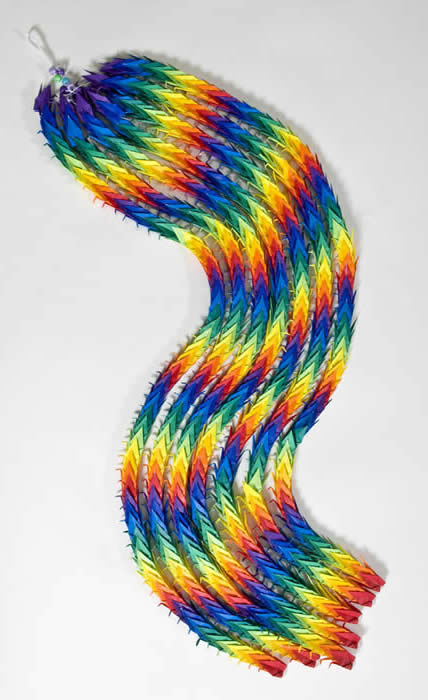Source of Stem Cells
Umbilical Cord Blood
Umbilical cord blood contains immature HSCs that can be used for allogeneic transplant.
In 1988 a young boy was successfully transplanted for Fanconi anemia using umbilical cord blood collected at the birth of his sibling. In 1992, a patient was successfully transplanted with cord blood instead of bone marrow for the treatment of leukemia.
Umbilical cord transplant has been an accepted medical practice since the mid 1990’s.
A major advantage is the increase in the number of donors for people in need of transplant since umbilical cord blood was previously discarded.
Many provinces have provincial banks where parents can donate their newborn’s cord blood to for public use.
International registries allow for searches for cord blood from across the world.
Other advantages include:
- Ability to transplant across increased genetic (HLA) disparity between donor and recipient
- Lower infection risk to the recipient
- Quick turnaround time (1-2 weeks) to acquire the stem cells
- No risk to the donor
A disadvantage is that the number of HSCs is low in a typical umbilical cord blood sample. This increases the risk of graft failure and can limit use in larger patients (such as adults).
Umbilical cord blood transplants are most commonly used in pediatric transplant.
Efforts to increase the number of HSCs by combining two cords (“double cord transplants”) is becoming more accepted in adult and pediatric oncology.
Links:
Development of a Canadian National cord blood bank
Victoria Angel Registry of Hope (Ontario’s only public cord blood bank)

